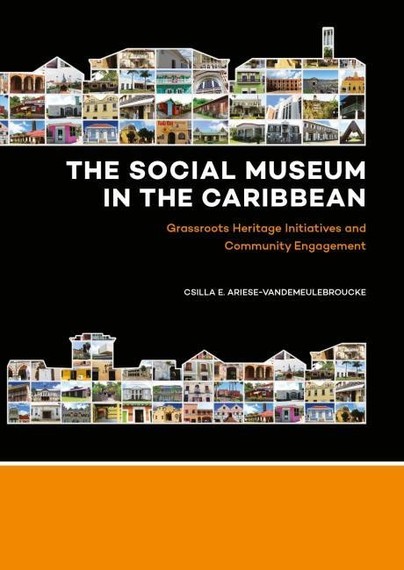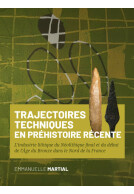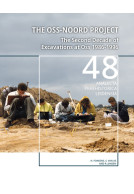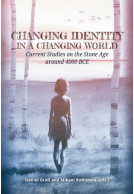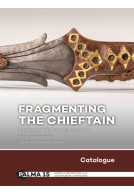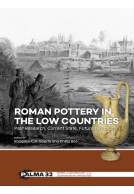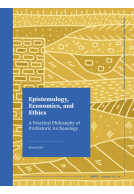The Social Museum in the Caribbean (Hardback)
Grassroots Heritage Initiatives and Community Engagement
Imprint: Sidestone Press
Pages: 270
Illustrations: 60fc
ISBN: 9789088905933
Published: 13th September 2018
Script Academic & Professional
Pages: 270
Illustrations: 60fc
ISBN: 9789088905933
Published: 13th September 2018
Script Academic & Professional
You'll be £135.00 closer to your next £10.00 credit when you purchase The Social Museum in the Caribbean. What's this?
+£4.99 UK Delivery or free UK delivery if order is over £40
(click here for international delivery rates)
Need a currency converter? Check XE.com for live rates
(click here for international delivery rates)
Need a currency converter? Check XE.com for live rates
A mosaic is the only image which can do justice to museums in the Caribbean. They are as diverse and plentiful as the many communities which form the cores of their organizations and the hearts of their missions. These profoundly social museums adopt participatory practices and embark on community engagement processes in order to embed themselves firmly in contemporary Caribbean societies.
This dissertation presents a mosaic of 195 Caribbean museums and the results of a unique research project based on a mixed methods approach. It begins with a macro view of Caribbean museums and their participatory practices. This part of the study consisted of a regional museum survey in which the museum visit was approached as an event, leading to the creation of an extensive database of Caribbean museums and their participatory practices. The dissertation continues by zooming in to a micro level to explore the dynamics of community engagement processes in two case studies. The Kalinago Barana Autê in Dominica shows the ongoing process of an indigenous grassroots initiative that became a governmentally owned but locally managed museum. The Bengal to Barbados exhibition in Barbados reveals the complex dynamics of the beginnings of a co-curation project between a heterogeneous migrant community and a national museum.
By giving voice to grassroots museums, this dissertation shifts the museological discussion away from the usual suspects to consider topics such as the ephemeral museum. By combining a regional museum survey with case studies, it provides both overarching and close-up views of this mosaic. From ecomuseums and object donations, to multi-vocality and participatory styles, and the need for negotiation and representativity, the study reveals a multitude of facets of the social museum in the Caribbean.
This book is a unique resource for museologists around the world, especially those interested in community engagement. It is particularly valuable for those working in, with, or on museums in the Caribbean.
Questionnaire Results: Bengal to Barbados
Other titles in Sidestone Press...







